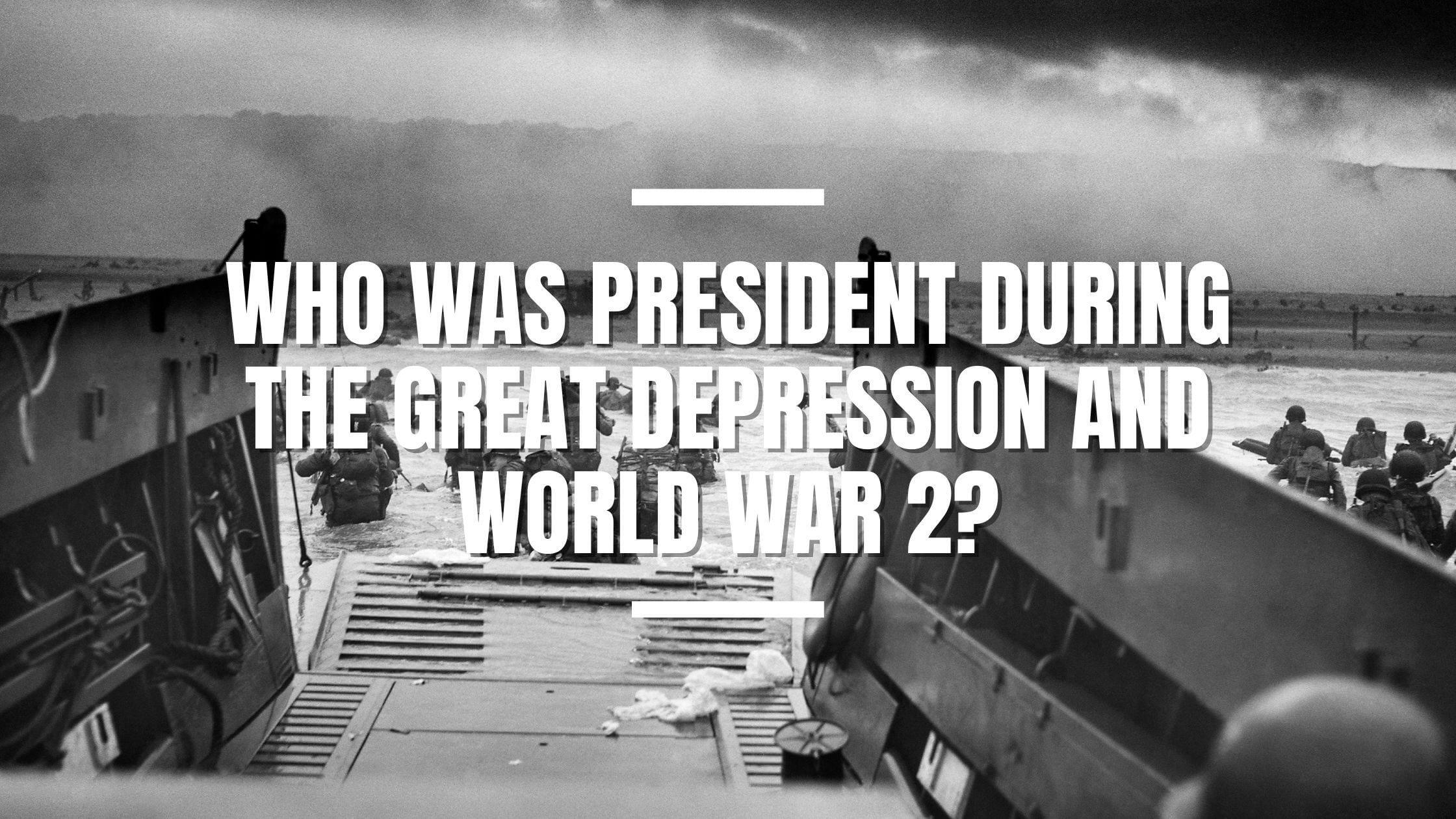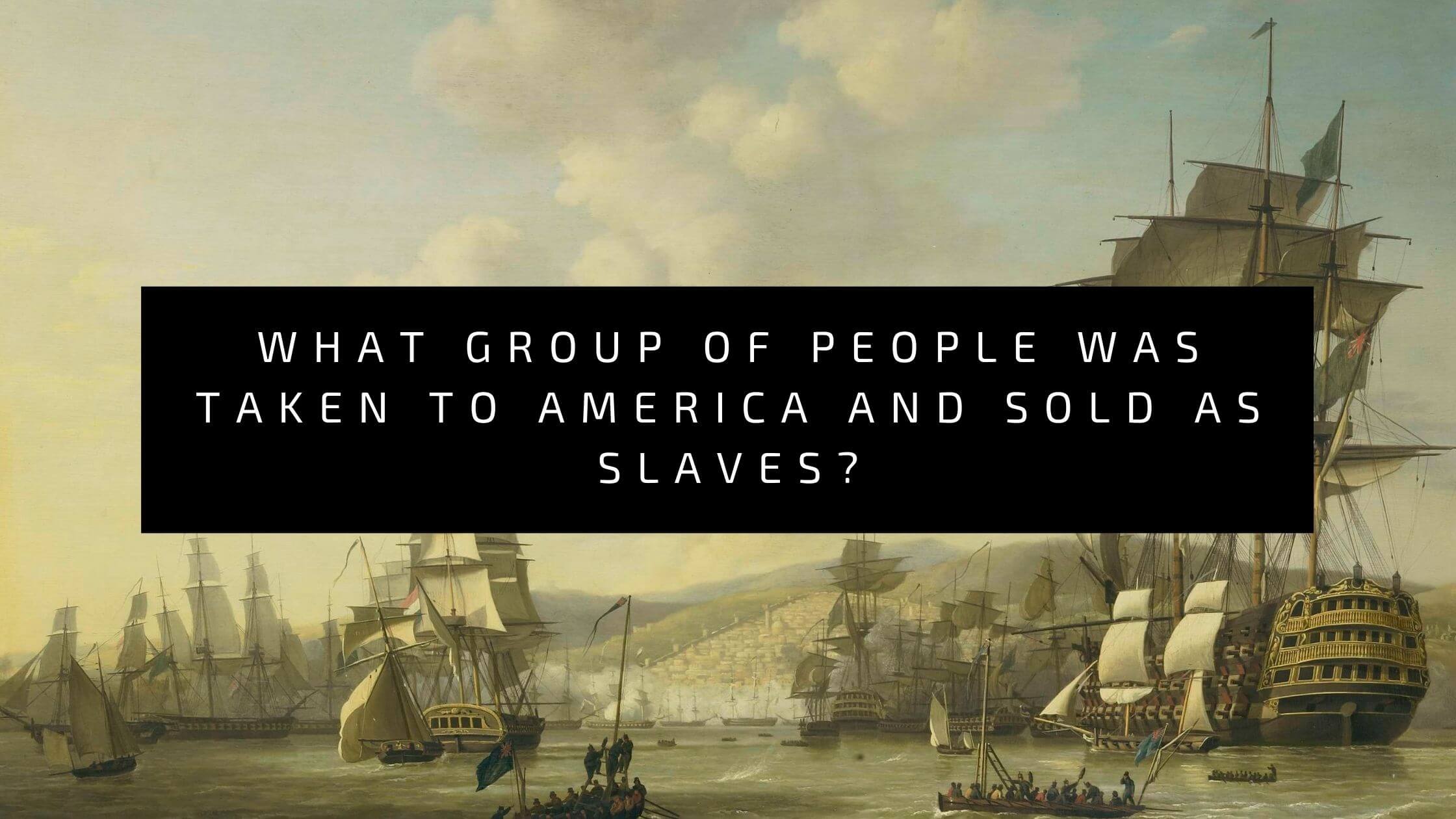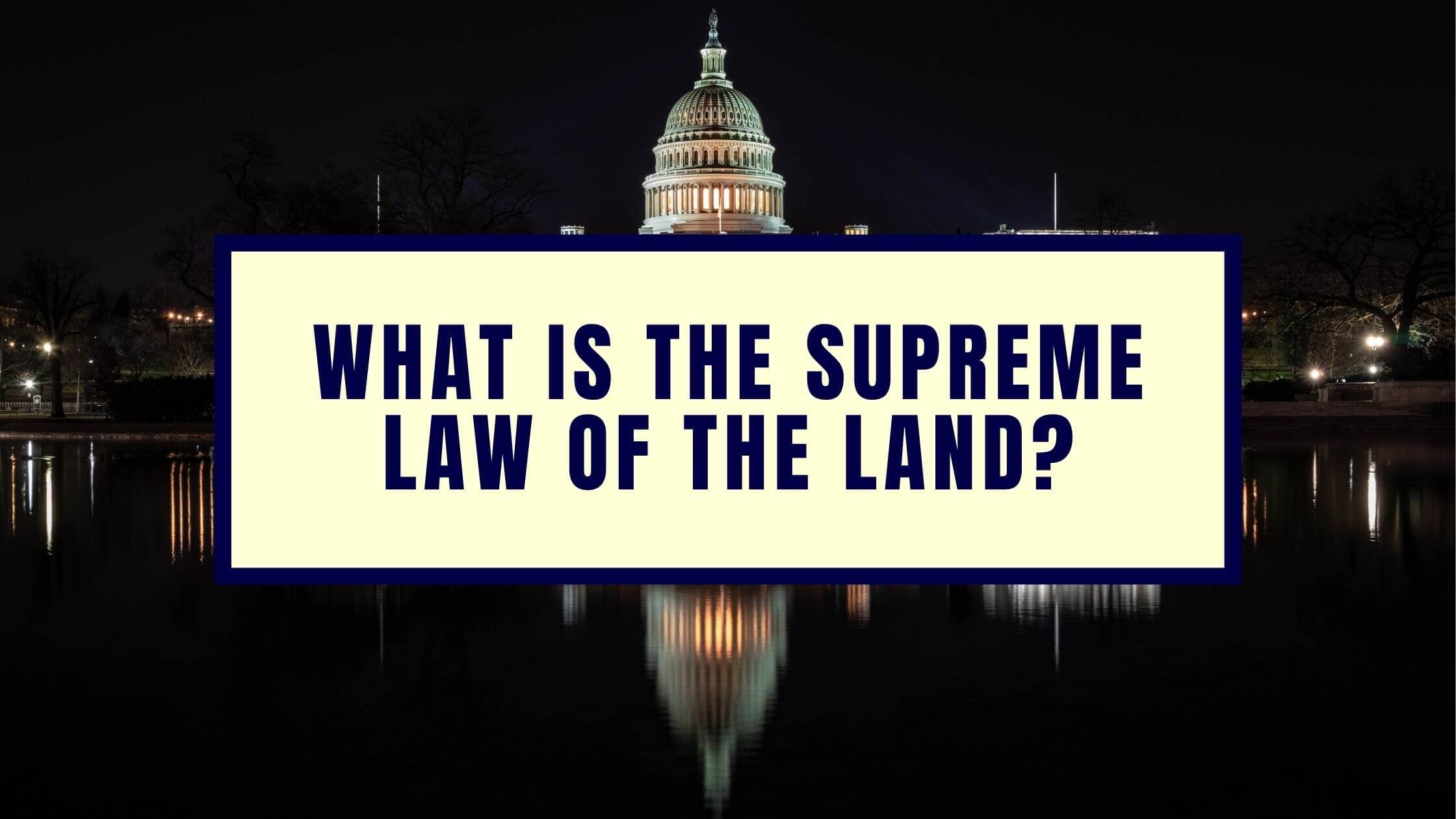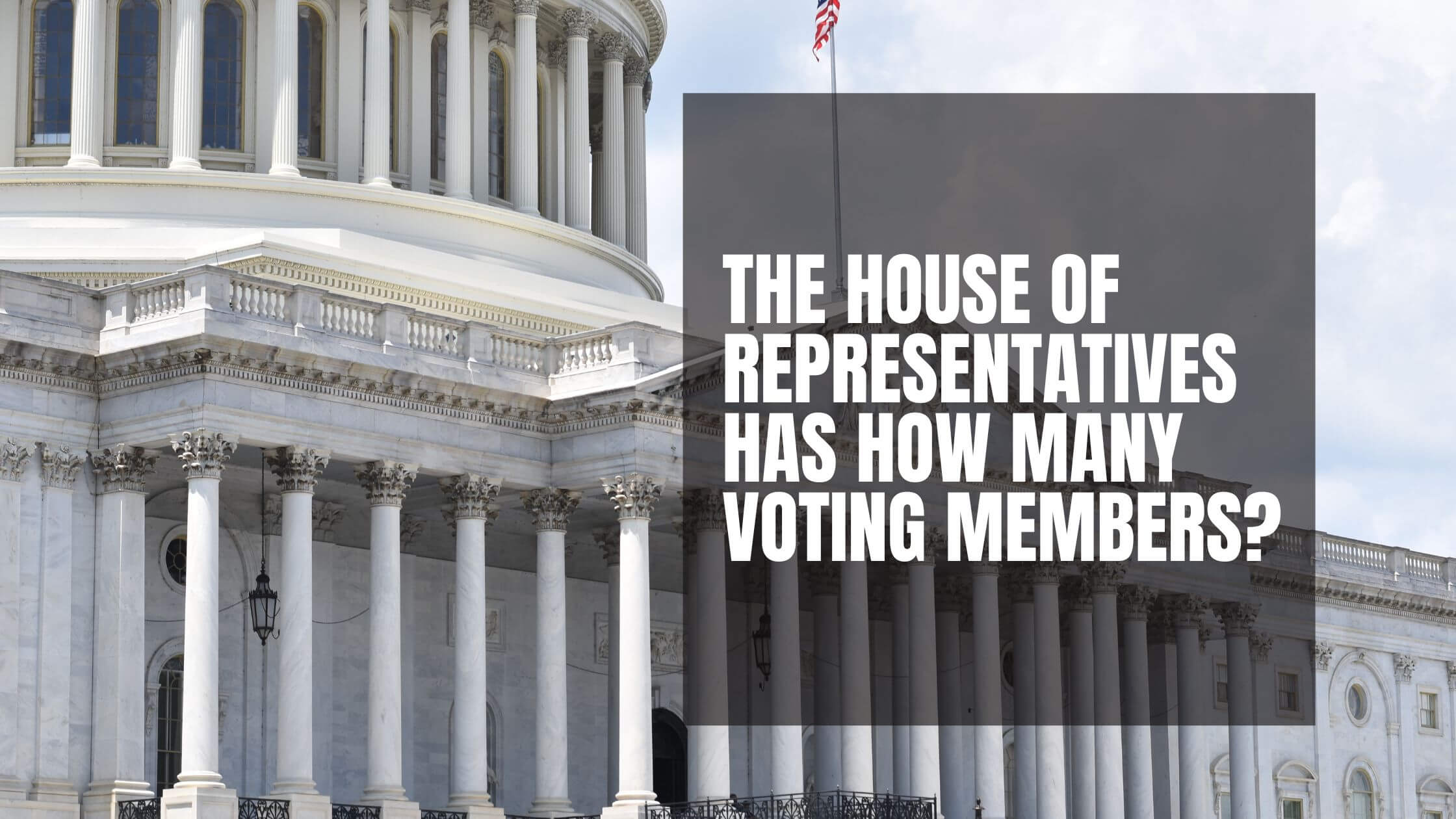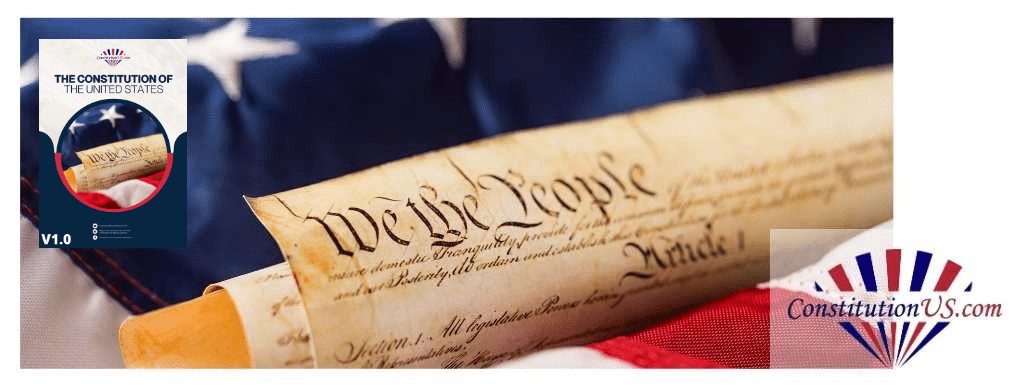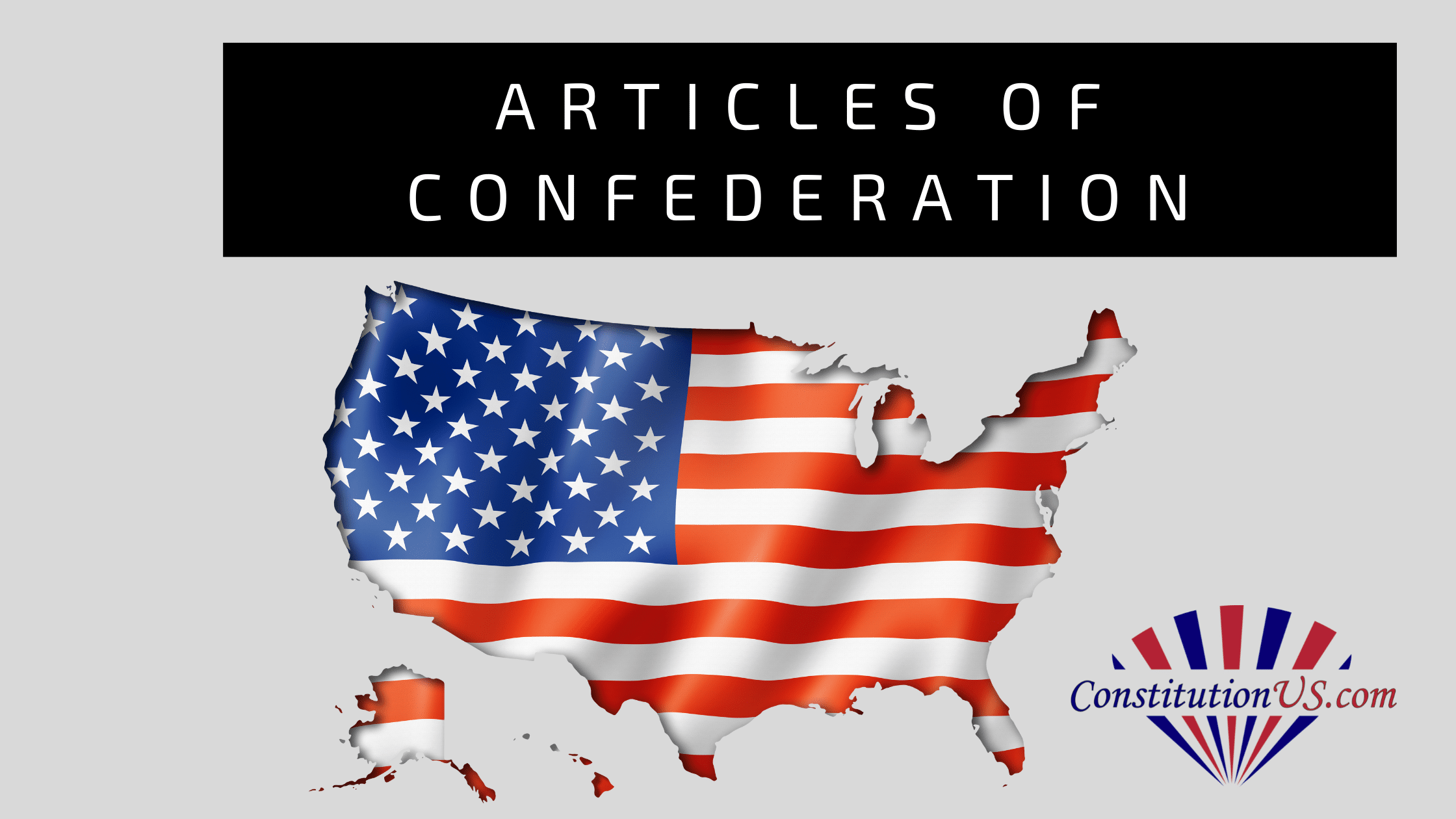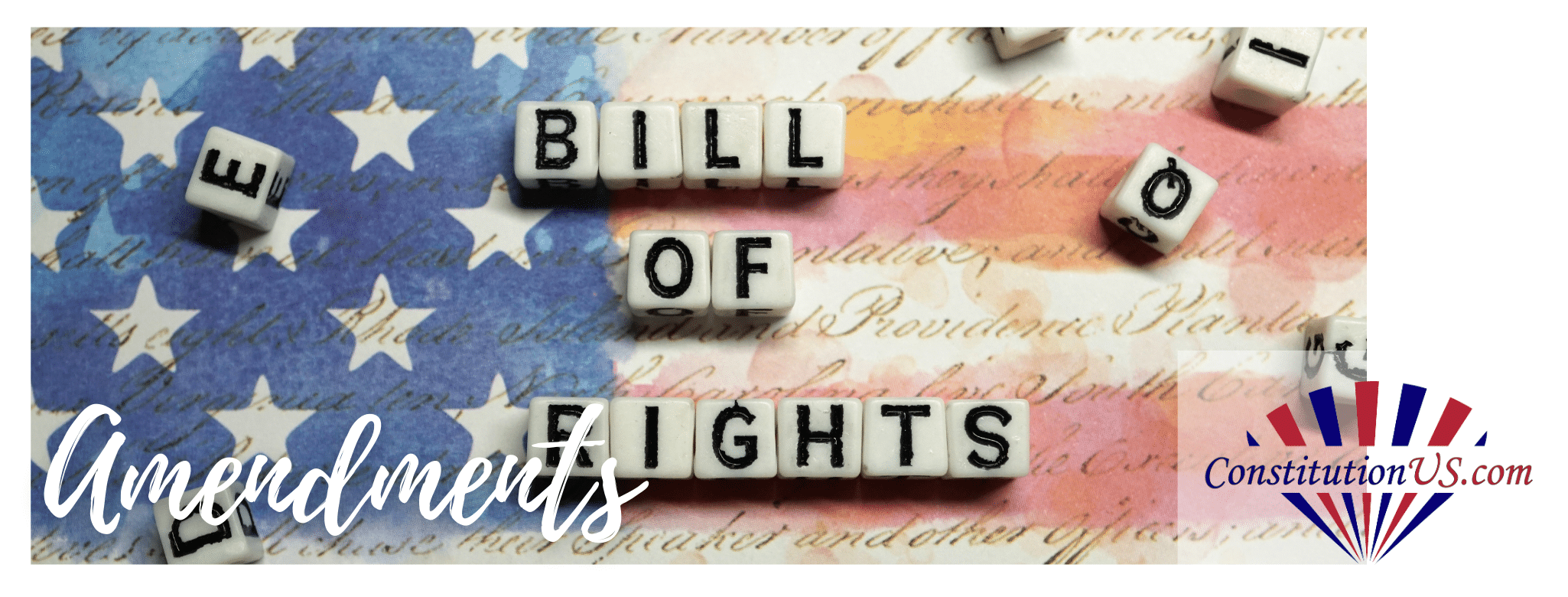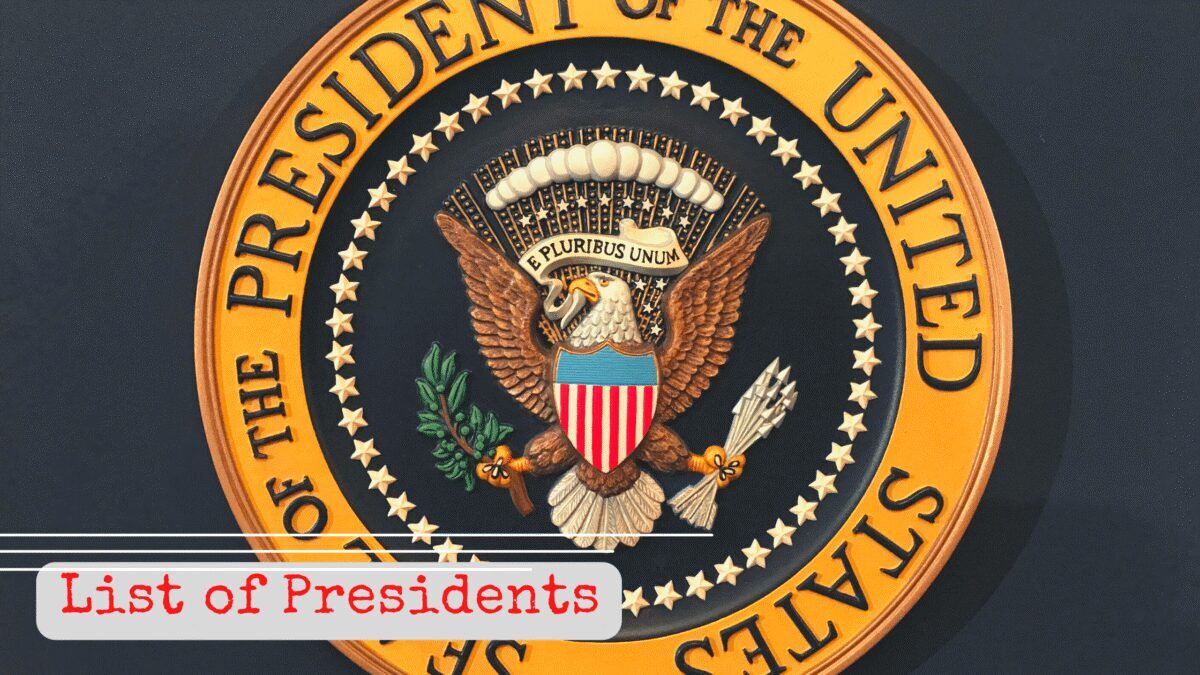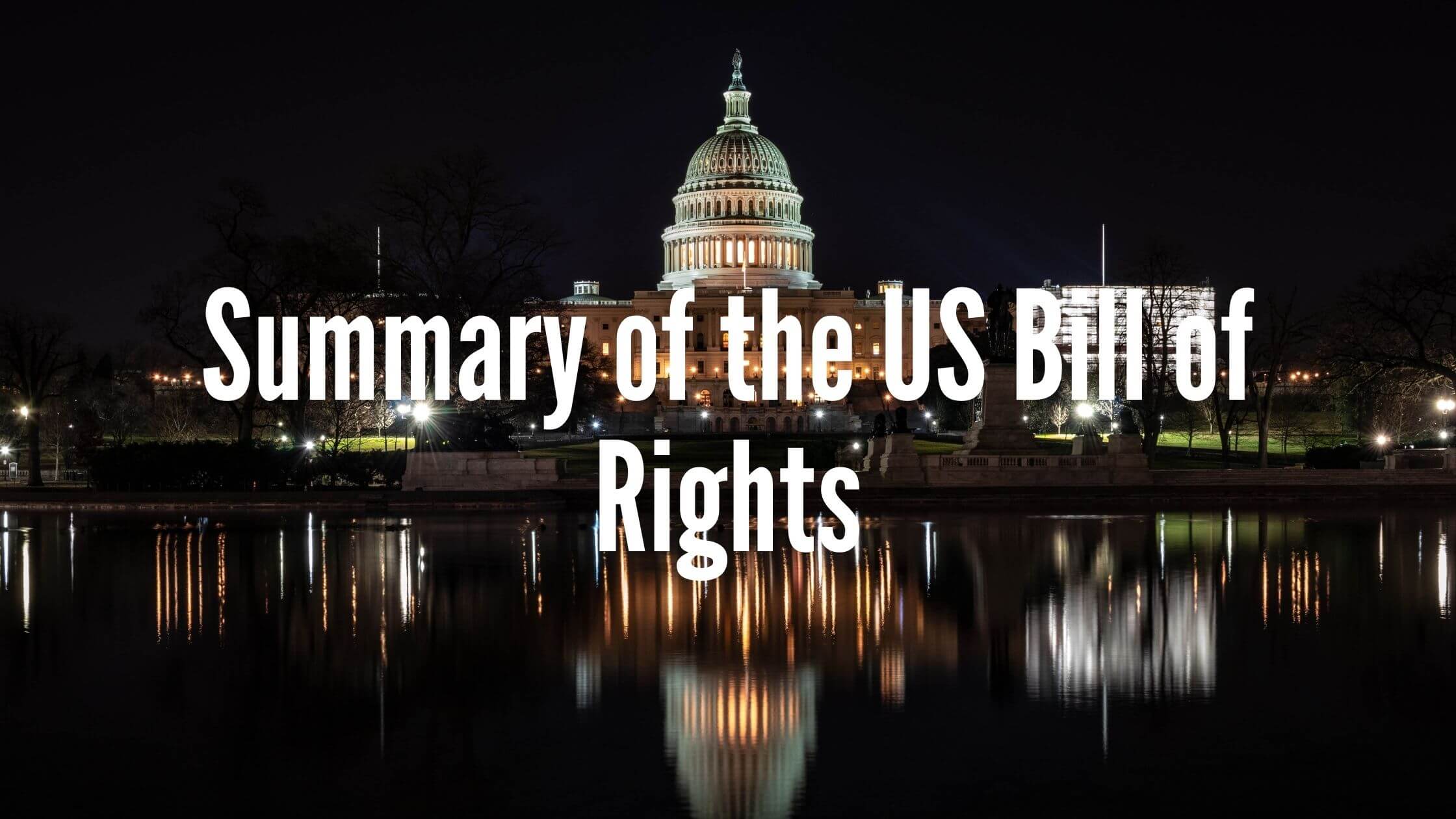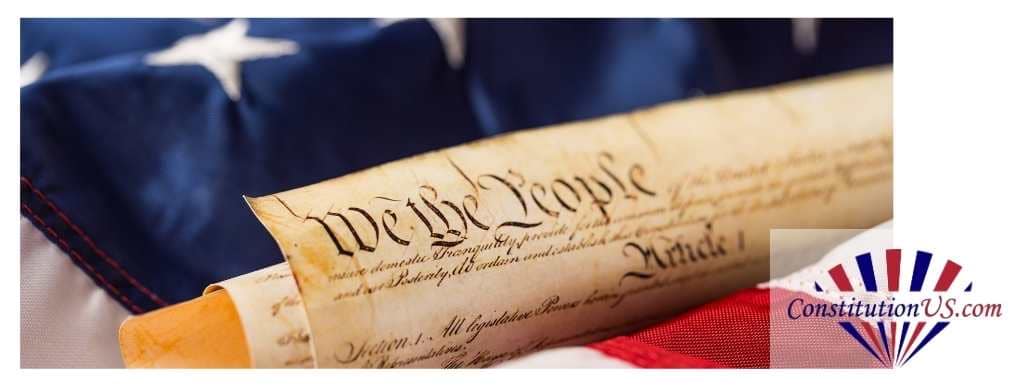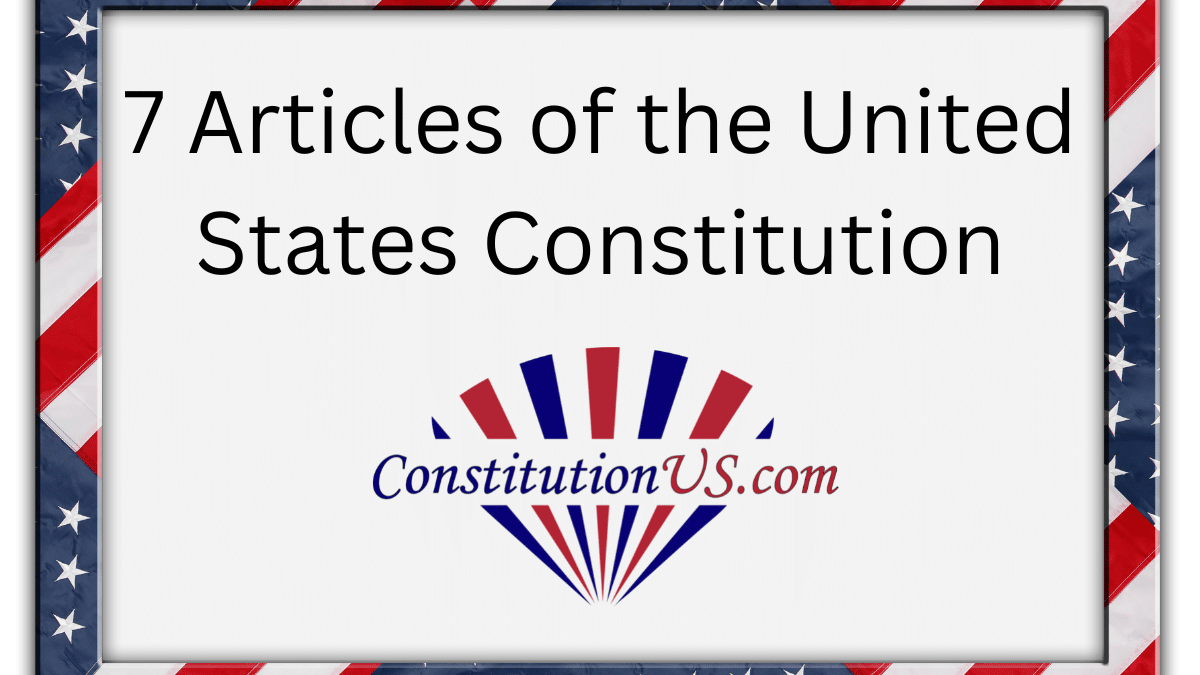Table of Contents
ToggleTo pass the US citizenship test, you will have to answer 10 of a possible 100 questions. The following question is from the USCIS test.
Who was President during the Great Depression and World War 2?
Answer:
(Franklin) Roosevelt.
The following is a full explanation of the USCIS question:
Franklin D. Roosevelt
Franklin D. Roosevelt (1882-1945), popularly known as FDR, began his career as a lawyer in New York City. He married Eleanor Roosevelt in 1905 and had six children, the first in 1906 and the last in 1916. He became a member of the state Senate in 1910 and subsequently the Assistant Secretary of the Navy in 1913.
While Roosevelt suffered partial disability after contracting polio in the early 1920s, he did not give up on his political career. And a few years after the stock market crash of 1929 instigated the Great Depression, he ran for president, promising to fix the country’s economy.
Roosevelt During the Great Depression
Prior to FDR’s presidency, the great depression had escalated. Workers lost their jobs in droves, and employers increasingly went out of business. Unemployment was higher than at any other time, before or since.

Get Smarter on US News, History, and the Constitution
Join the thousands of fellow patriots who rely on our 5-minute newsletter to stay informed on the key events and trends that shaped our nation's past and continue to shape its present.
As far as food was concerned, the problem was not that produce prices were too high, but that they were too low, resulting in farming businesses going bust. Factories closed, and banks failed. Despite the rising wealth and new technology, the economy was on its knees, and the nation plunged into poverty.
People voted for Roosevelt in the hope that he would end the crisis, and he had to act promptly to maintain the public’s confidence. He began his New Deal programs as soon as he was sworn in with the aim of achieving as much as possible in the first 100 days of his tenure.
Roosevelt’s New Deal Programs
On the very first day, FDR briefly closed the banks to prevent a run on banks that were close to failure. He signed banking reforms that closed insolvent banks and reorganized those that stayed open. After that, he encouraged Americans to put their money back in the banks, which most did, although there remained a widespread distrust of the banking system.
Roosevelt proceeded to end prohibition and legalize alcohol, fund dams and other public works projects, and pay some farmers not to farm so that the prices would rise again. He signed 12 comprehensive bills in his first 100 days in office, including the National Industrial Recovery Act, Tennessee Valley Authority Act, and Agricultural Adjustment Act.
His policies were not universally welcomed, but most people were impressed by how much was achieved in such a short time. Social security, unemployment insurance, and many other things came from this part of American economic history.
The Second New Deal
Roosevelt’s sweeping legislative reforms were still not enough to bring a speedy end to the Great Depression. In 1935, he introduced many more new laws, known as the Second New Deal. The Second New Deal included:
- Pensions.
- The new National Labor Relations Board.
- Public works jobs for unemployed people.
- Unemployment insurance.
The Supreme Court argued that there was too much government intervention in the economy, that is was unconstitutional, and beyond what the federal government had the authority to do. However, knowing Roosevelt planned to add liberal Supreme Court justices who would approve of his plans, the incumbent justices backed down rather than block FDR’s programs.
How Effective Were the New Deal Policies?
While the economy partly recovered because of the New Deal policies, it wasn’t until World War II that the unemployment crisis fully ended. Even in 1940, the United States seemed to be sliding back into a depression rather than recovering.
That said, the New Deal created a public perception that government intervention in the economy was at times necessary. While the New Deal policies did not end the country’s economic troubles, they did help struggling families survive. Without them, millions more people would have been a decade or so living in abject poverty.
Franklin D. Roosevelt and World War 2
Japan’s imperial ambitions in Asia prompted the United States to initiate an oil and gasoline embargo on exports to the Asian powerhouse in order to curb their expansionist goals. This in turn led to a crisis where the Japanese were faced with shortages if they did not conquer oil-rich parts of Asia.
The Emporer’s military forces hatched a plan to wipe out much of the American naval fleet with a surprise attack at Pearl Harbor in Hawaii. The hope was that such a devastating blow and the time that it would take the United States to recover from their losses would give Japan ample opportunity to secure the resources they needed to maintain their growing empire.
While the Pearl Harbor attack was a partial success, Japan now found itself at war with a country that could out produce it annually. The Japanese had an edge in some areas of technology, such as the Zero fighter plane, but the Americans would innovate and employ new tactics to eventually gain the upper hand.
Roosevelt’s Reaction to Hitler
Germany looked unstoppable in the early stages of the war, first defeating Poland and then France in a staggeringly short time. France fell in just six weeks and it looked as though Adolf Hitler would triumph in Europe.
While Roosevelt did not immediately go to war after the fall of France, he did commence a military draft and encouraged the production of war materials for export to Britain and her allies. The country was not yet at war, but clearly favored Great Britain’s cause.
Why Roosevelt Prioritized the European War
Despite the severity of the Pearl Harbor attack, Roosevelt wanted to secure victory in the European theater first. If Hitler’s forces could defeat Britain it would make it much more difficult to invade Europe.
The Allied victories in North Africa and at the Pacific Battle of Midway, in addition to the strength of the Soviet Union, greatly weakened the Axis Powers. However, invading Europe and reaching German soil was still a dangerous venture with a multitude of pitfalls.
The D-Day invasion was an enormously risky maneuver. The Allies landed ships on the beaches of Normandy, France, and embarked on a long march towards Germany. Despite thousands of Allied losses, the attack succeeded, and the tide had well and truly turned against the Fatherland.
In 1945, the Germans surrendered unconditionally, while the Japanese had only one condition, the Emperor must keep his throne.
Roosevelt’s Death in Office
The stress of a war-time presidency had a deleterious effect on Roosevelt’s health. His existing conditions were exacerbated and while doctors tried to help him with diet and medication, he died in his early sixties, shortly before the end of the war in Europe.
Today, FDR is remembered as a one of the great United States presidents, despite some criticism. His economic policies permanently increased the size of the government and raised income taxes but were necessary to lift people out of the poverty engendered by the Great Depression. While there have been some unemployment spikes since the 1930s, none were nearly as severe as the Great Depression.
